by Rachael Elizabeth
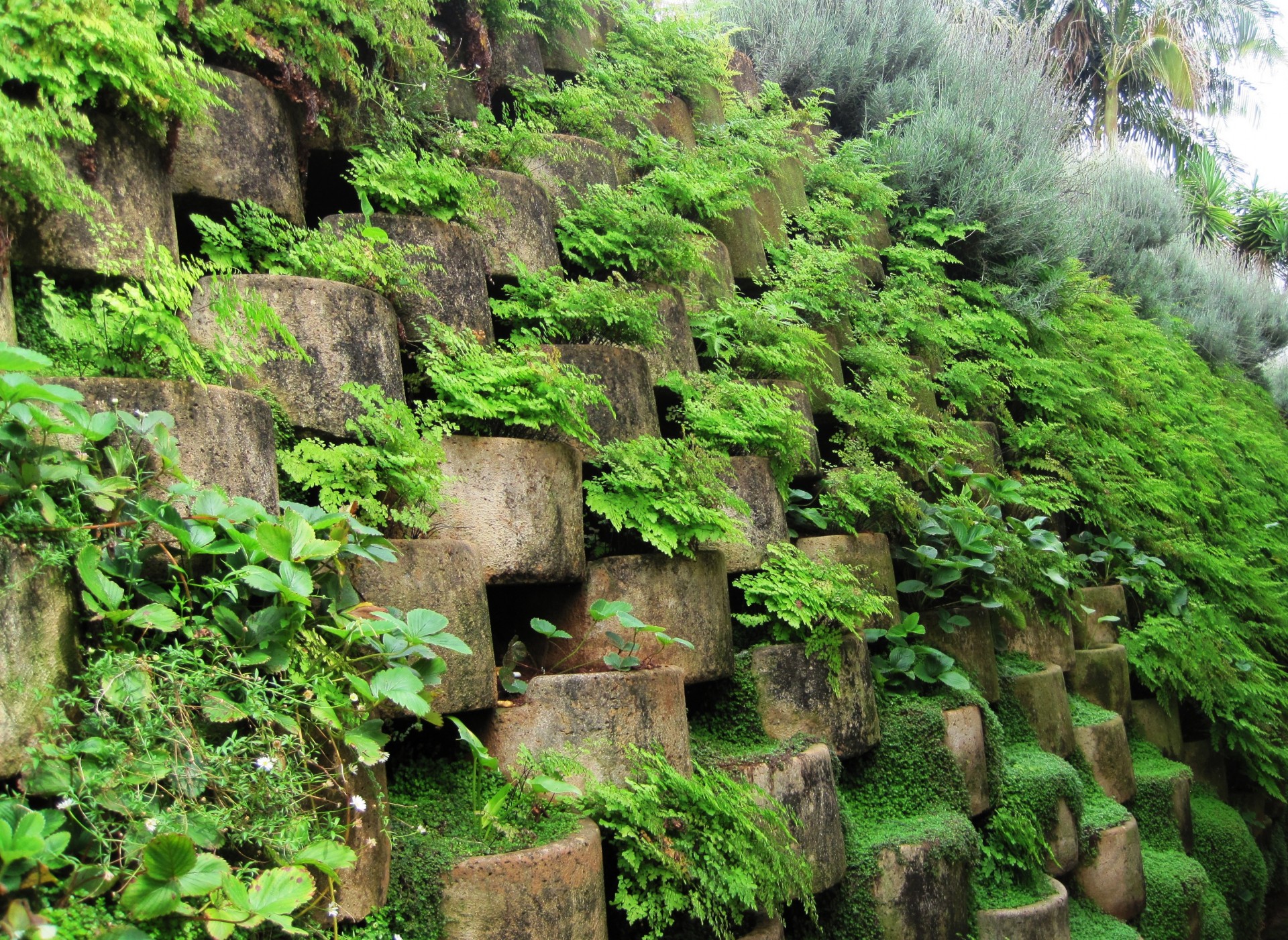
Photo from Needpix
There’s nothing like picking a ripe, red tomato from the vine and popping it in your mouth … yum! Garden-fresh vegetables are a treat, especially when you grow them yourself. You don’t need a large plot of land or lots of tools to spread your seeds. You can do your gardening in small spaces. Plant Utah flower and veggie gardens in small nooks or pottery — as long as they receive direct sunlight for most of the day.
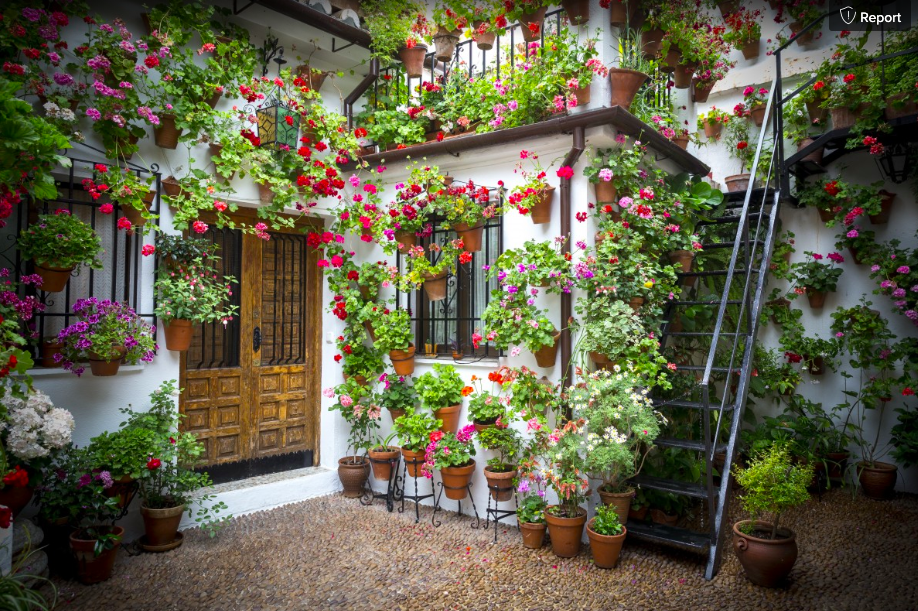
Photo from PxHere
Light in Small Gardens
When it comes to plants, “full sunlight” is defined as six or more hours of direct sunshine per day. Before choosing varieties for your garden, you’ll first want to assess the growing space for light. Light-measuring instruments are available, but you can do this yourself by drawing a diagram of the plot. Upon each hour beginning at 7 a.m., jot down on paper, or use your smartphone’s camera to record which areas have sun or shade. Remember that each hour, the angle of the sun determines the direction of light, and it changes as summer begins to fade into fall.
Soil
Now that you know how much sunlight your garden space receives, all you need is soil, seeds (or seedlings) and water. Garden soil in Utah should be well-draining, loose, fertile, and have a pH balance between 6.0 and 8.4. Decaying organic matter in the soil helps plants absorb natural nutrients for feeding. Test the soil and then amend it as necessary with products from your local nursery.
Small Garden Choices
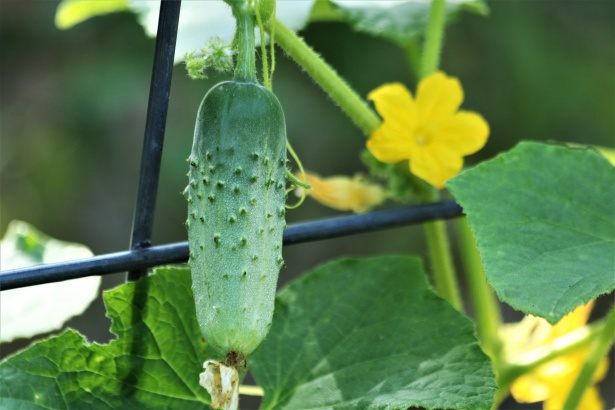
Photo from PublicDomainPhotos
Gardening in small spaces means choosing varieties of flowers, fruits, and vegetables that don’t spread sideways.
Tomatoes, eggplant, zucchini, and lettuce don’t take a lot of space in gardens, and you can plant these vegetables in containers. If you like cucumbers, there are two kinds; vining and bush. Vine cucumber plants will spread; crawling along the ground or climbing trellises. Bush cucumber plants are more compact and better suited for containers and small gardens.
Creative Small Gardening Locations
Why limit yourself to the backyard? Plant your small garden along the driveway; in some old, rehabilitated wall shutters; on a vertical tower; on a flat rooftop; — even on a bird feeder! Anywhere you can place a soil bed that’s in direct sunlight can be a garden. Window boxes, trellises, arbors, potted patio umbrella stands, and framed boxes are just a few ideas to bring your garden to life.
Little Patio Gardens
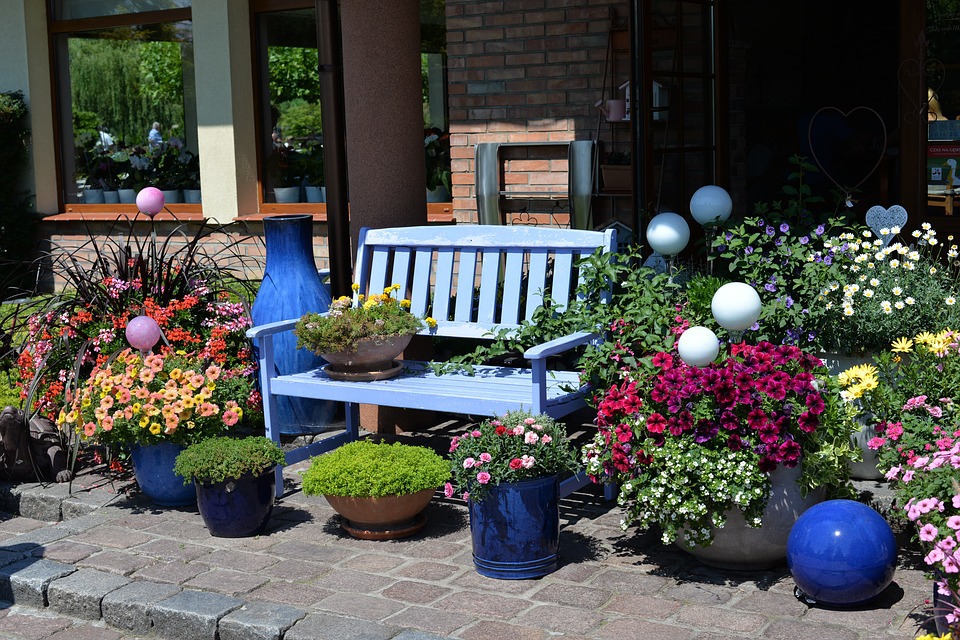
Photo from Pixabay
Large containers are just as effective as dirt bed gardens, as long as there’s enough sunlight and water available. A mini-garden won’t be overflowing with veggies but, there will be enough for snacks and to add to salads. Beans, tomatoes, peppers, kale, and herbs are perfect for growing in containers. Flowers are also great. Choose some of Utah’s favorites: showy goldeneye, hummingbird, golden currant, or curlycup gumweed.
Pest Control When Gardening in Small Spaces
Much like your Utah lawn, small-space gardens benefit from natural products and predators to control pests. Beneficial nematodes are micro-organisms that feed on grubs and larvae — those tiny worms that eat plant roots. These beneficial nematodes feed on more than 200 species of insects, but they don’t damage plants or roots, and they are not harmful to people or animals.
Slugs and snails are garden-loving pests that enjoy chewing on lettuce, cabbage, strawberries, and other leafy plants, but “normal” pesticides usually don’t work on snails and slugs. Therefore, you have to get creative.
A beer trap is just what it sounds like — snails and slugs like to belly up to the bar. Fill a small, flat container with beer but don’t let the liquid spill into the soil. Slugs and snails are attracted to the beer, go for a sip, and then fall in and drown. Place a beer trap every 3 feet or so in the garden for this method to be effective.
When gardening in small spaces, don’t forget that natural predators such as those microscopic nematodes will destroy slugs and snails in their early stages. Birds eat them, too!
Gardening space is all relative. You don’t need more than a few basic tools and a little bit of space to experience the wonderful benefits of gardening. Make the most of your limited growing area with color, scent, and taste. That small space is waiting for your green thumb!
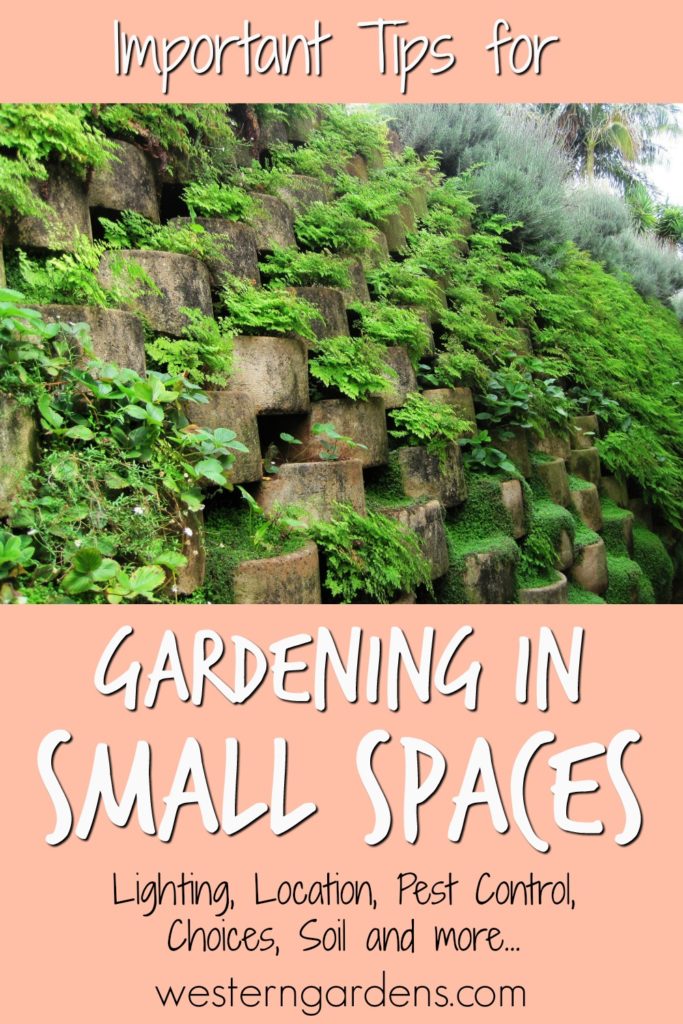
About the Author
Rachael Elizabeth is a gardening guru and writer. She takes pride tending to her small space garden that is constantly flourishing with fresh herbs and florals. When she’s not practicing her green thumb she can be found exploring nature on a hike or swimming in the lake.